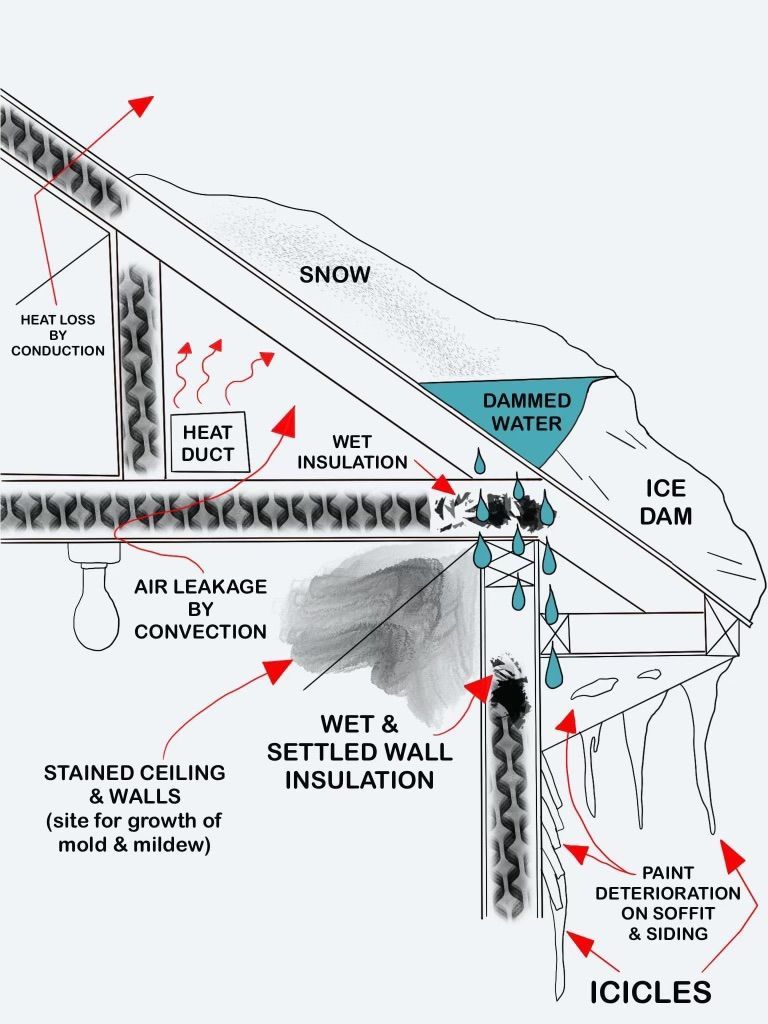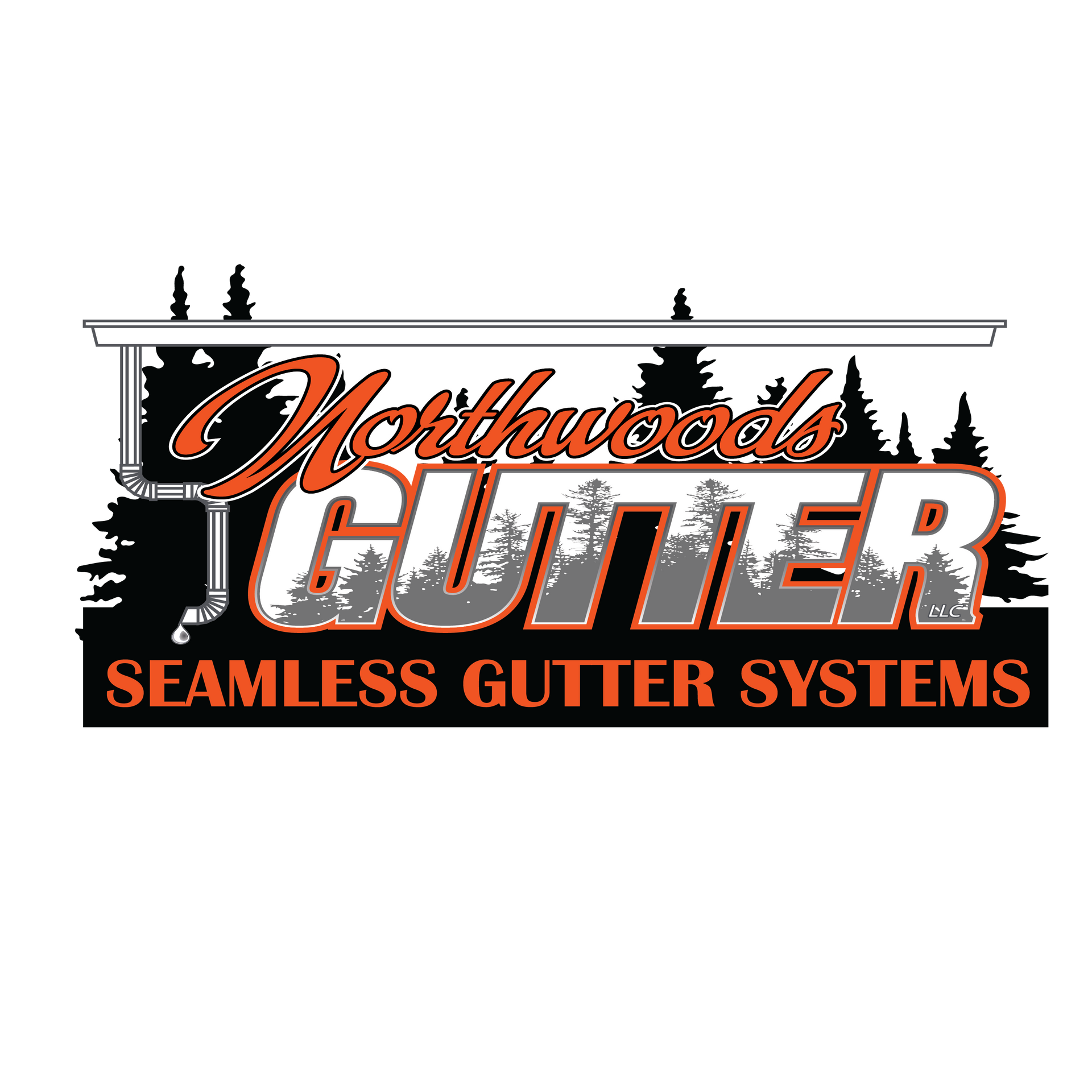Don't Let Ice Dams Damage Your Home
Get Professional Removal Today
What is an Ice Dam?
An ice dam is a ridge of ice that forms along the edge of a roof, creating a barrier that prevents melting snow from properly draining off the roof. This trapped water can then seep under roof shingles and cause damage to the home's interior, including walls, ceilings, and insulation.

If left untreated, ice dams can lead to a range of issues for homeowners...
Water Damage
As water seeps under the shingles, it can cause damage to the roof, walls, ceilings, and insulation, resulting in costly repairs and potential mold and mildew growth.
Gutter Damage
The weight of the ice dam can cause gutters to pull away from the house or even collapse, leading to additional repair expenses.
Safety Hazards
Large icicles can form on the edge of the roof, posing a risk to people and property below if they were to fall.
FAQs
Got a question? We’re here to help.
-
Why is steaming recommended for ice dam removal?
Steaming is considered one of the safest and most effective methods for ice dam removal because it minimizes the risk of damage to the roof and provides a fast and thorough removal of ice.
-
Can I remove an ice dam myself?
While it's possible to remove an ice dam yourself, it's not recommended due to the risk of injury and potential damage to the roof. Hiring a professional ice dam removal service is the best option for safe and effective removal.
-
What are the risks of not removing an ice dam?
If not removed, ice dams can cause water damage to your home's interior, damage to the roof and gutters, and potentially lead to mold and mildew growth.
-
How can I prevent ice dams from forming on my roof?
Proper insulation and ventilation in the attic, sealing air leaks, and keeping gutters clear of debris can help prevent ice dams from forming.
-
Are there any alternatives to ice dam steaming for ice dam removal?
Other methods of ice dam removal include using a roof rake to remove snow, applying calcium chloride to melt the ice, or using heated cables on the eaves. However, these methods may not be as effective or safe as ice dam steaming.


